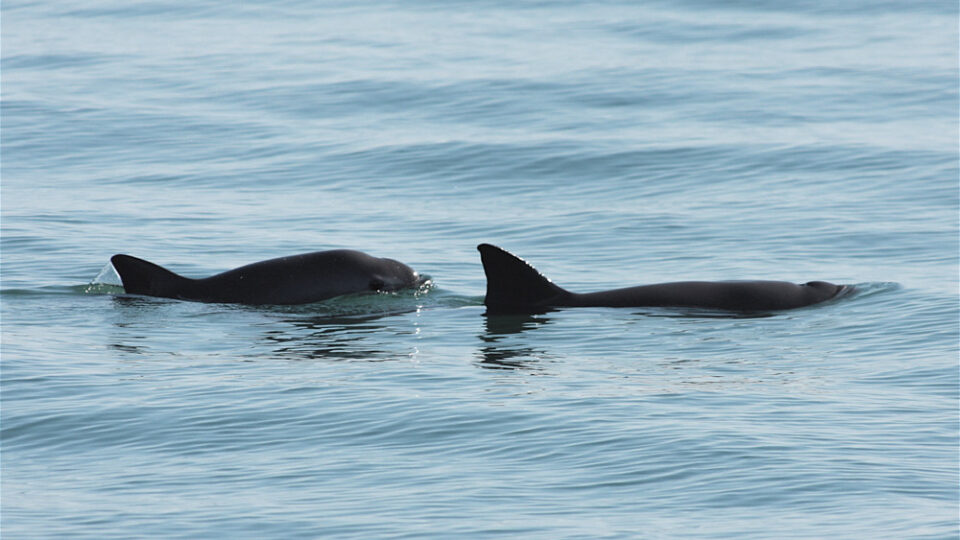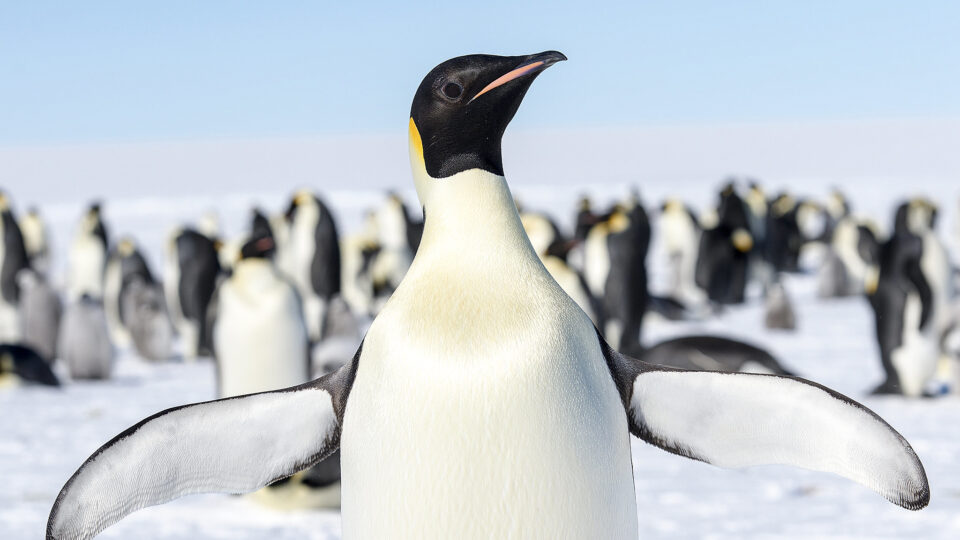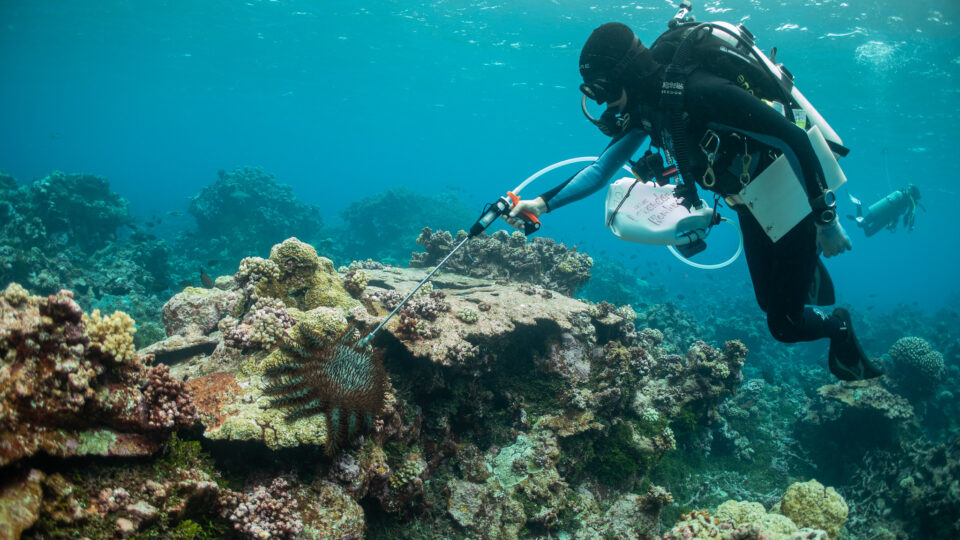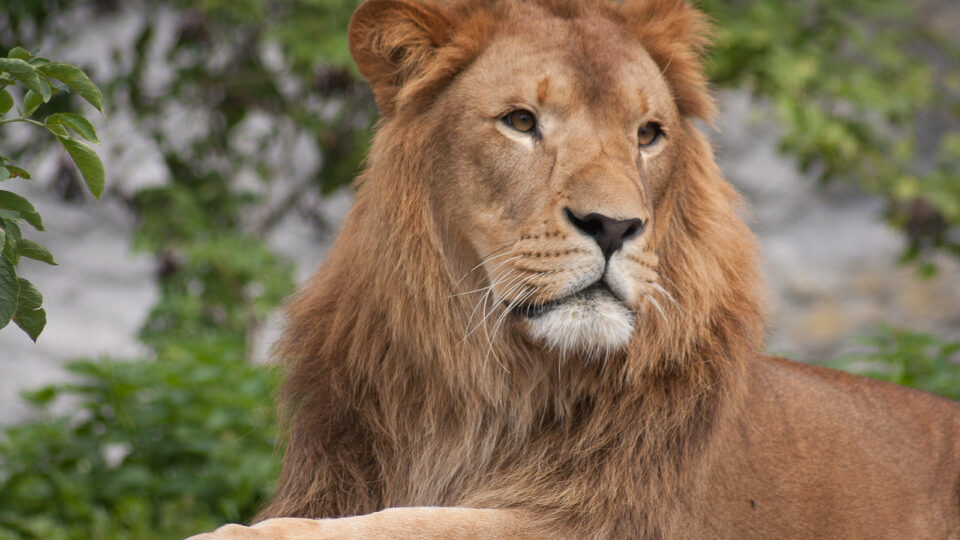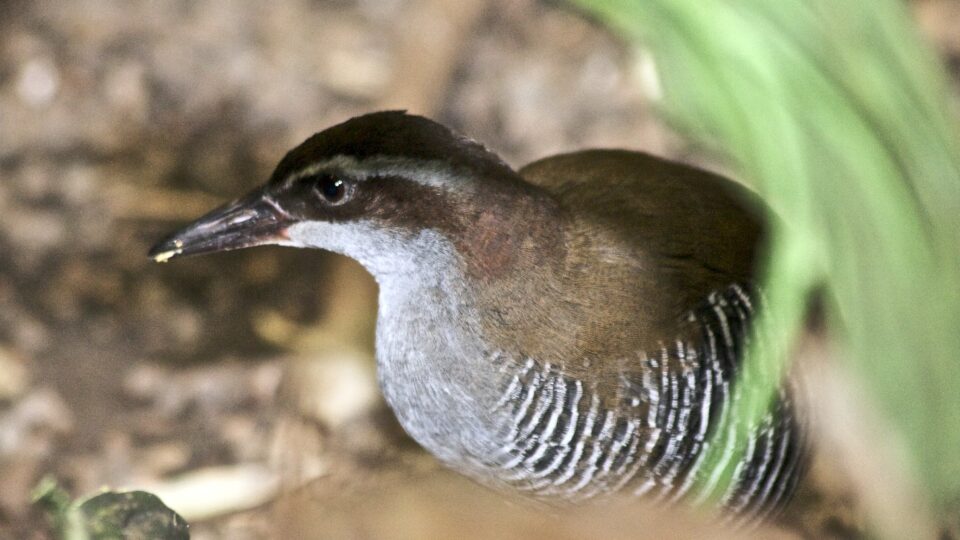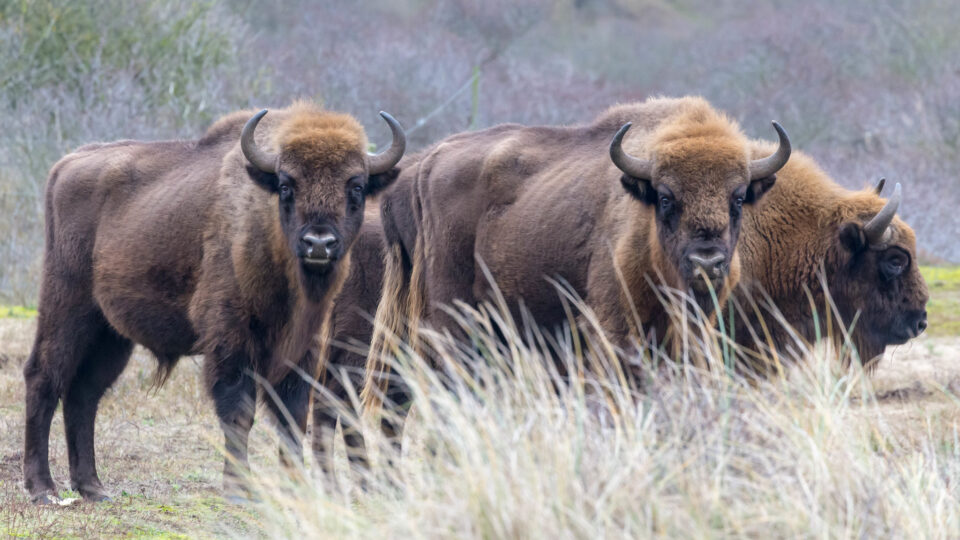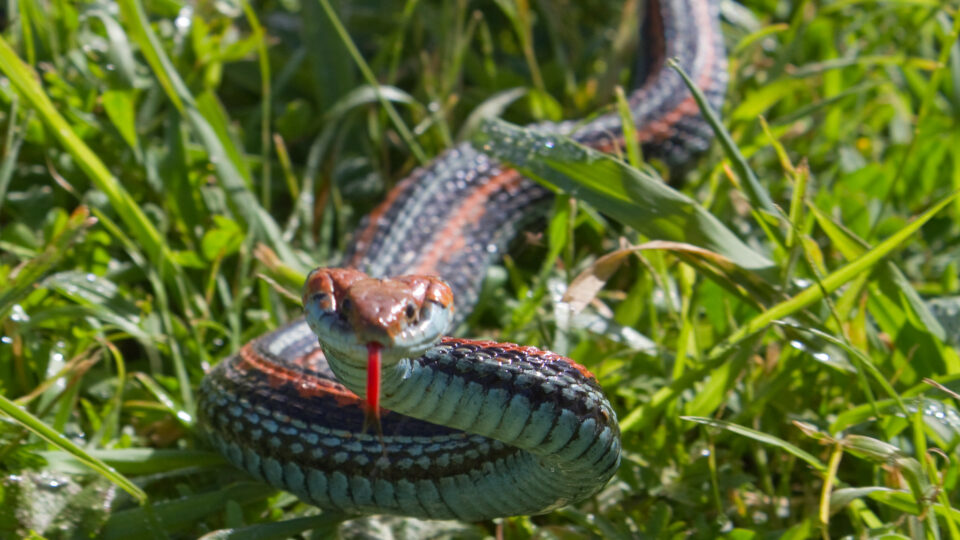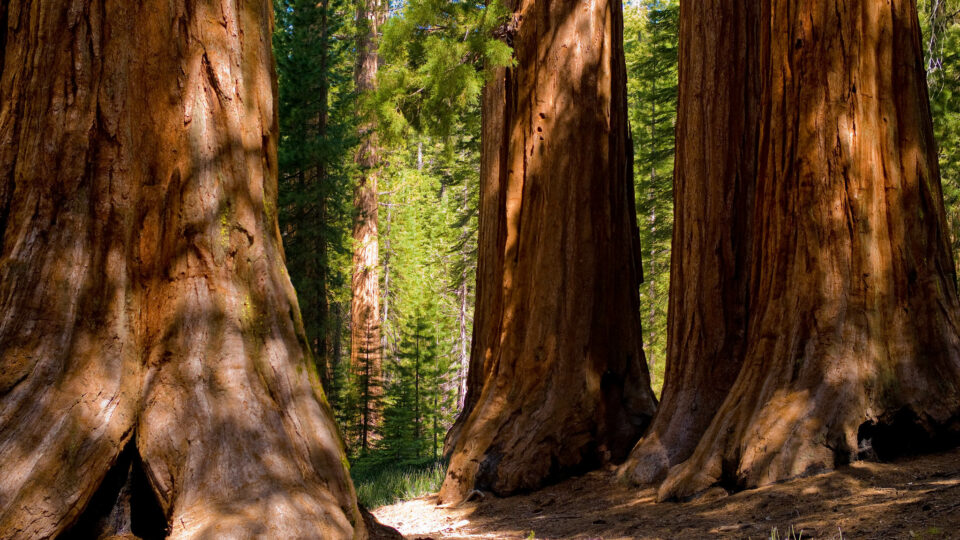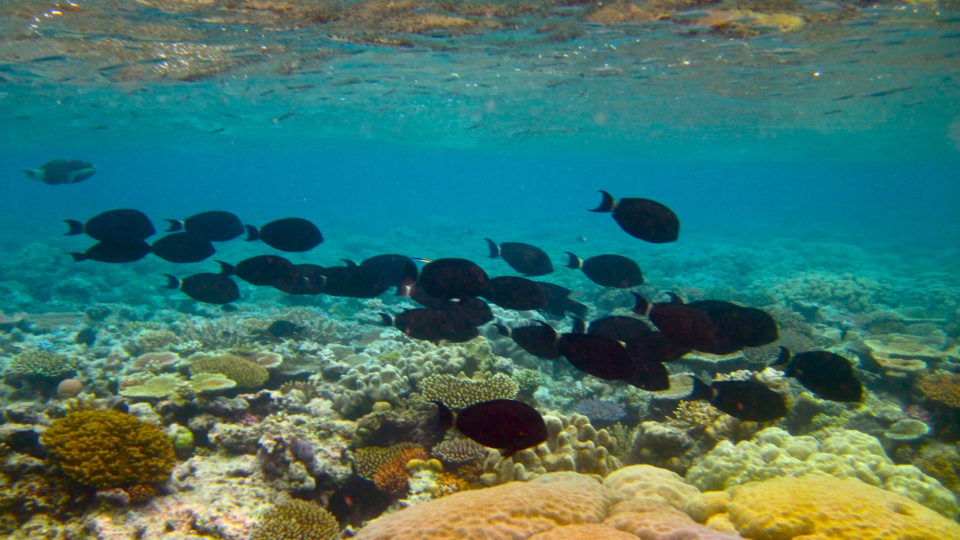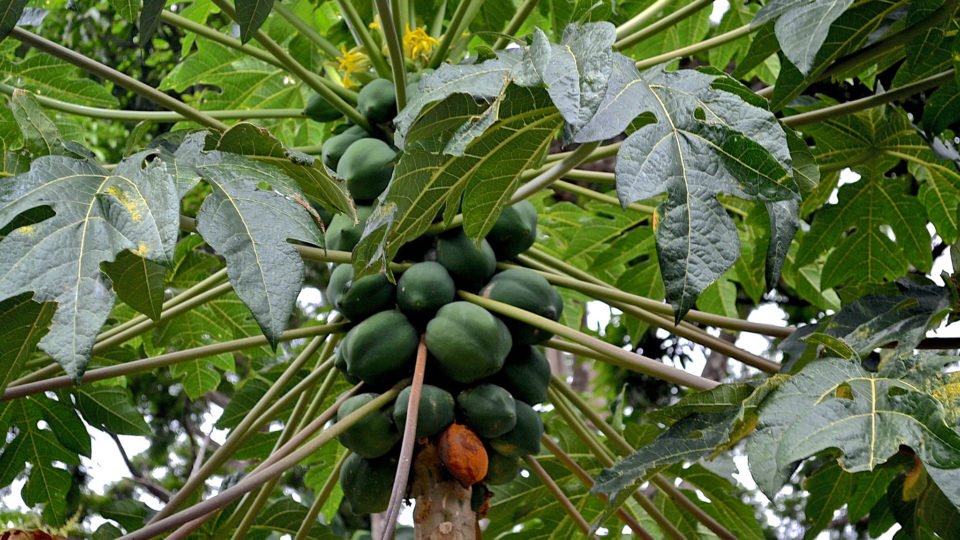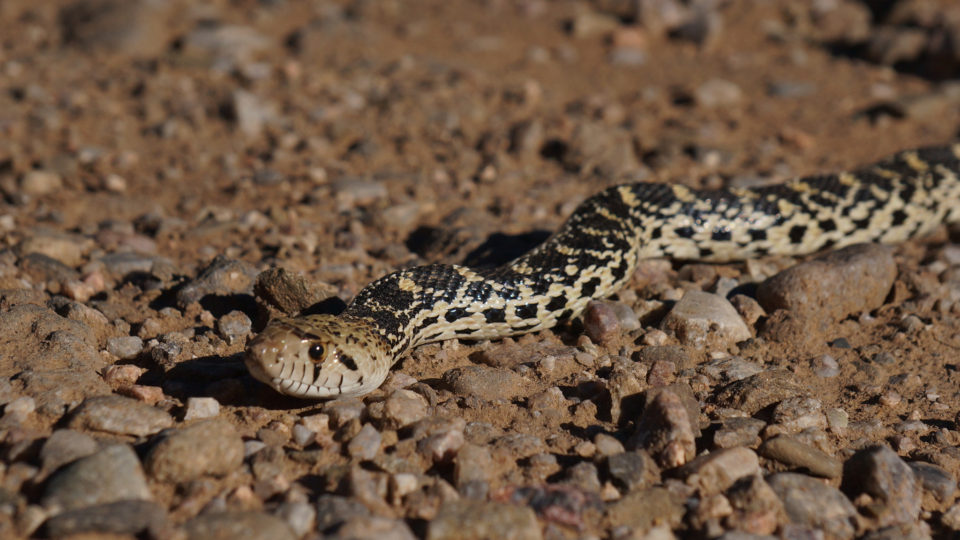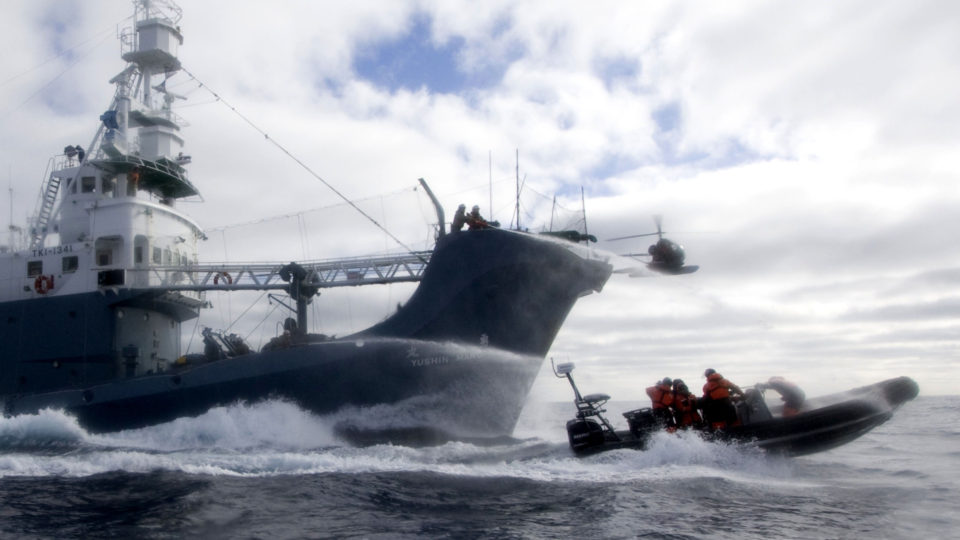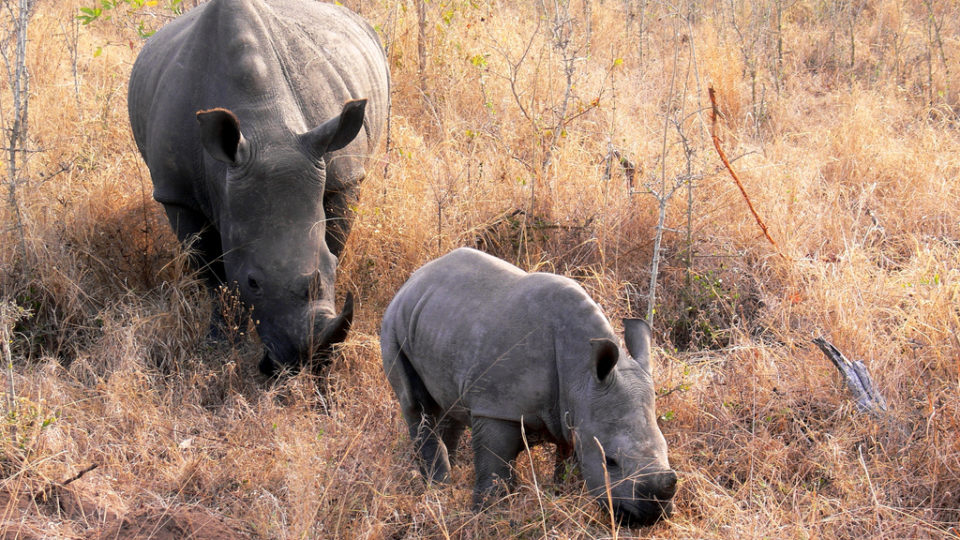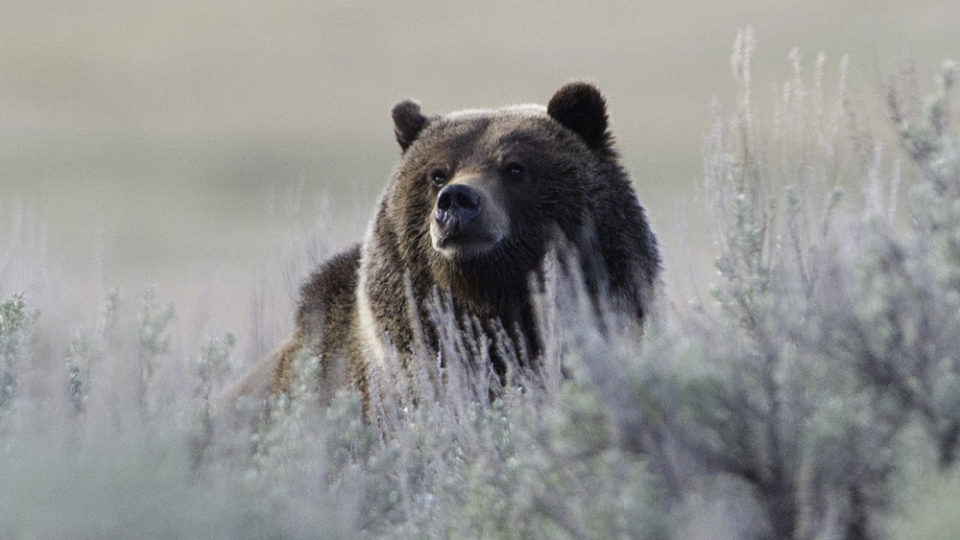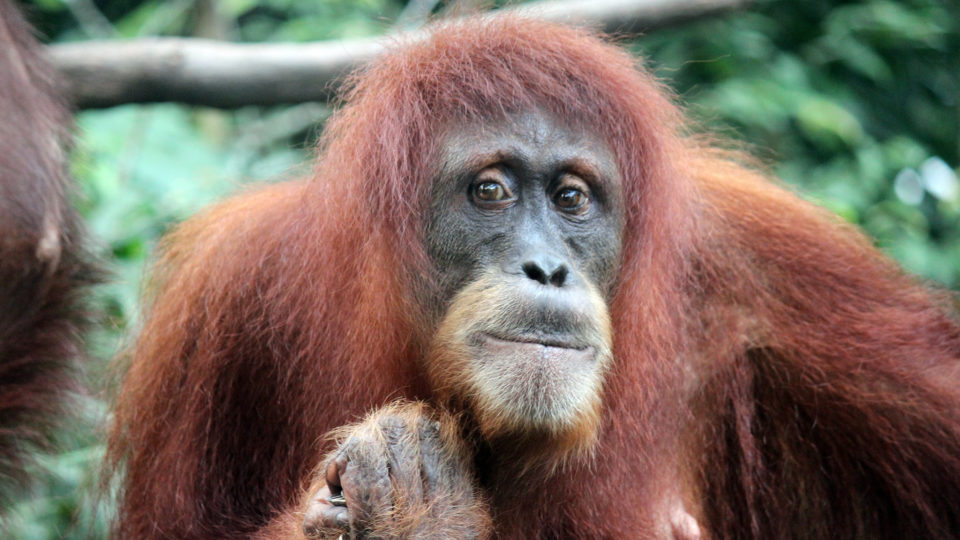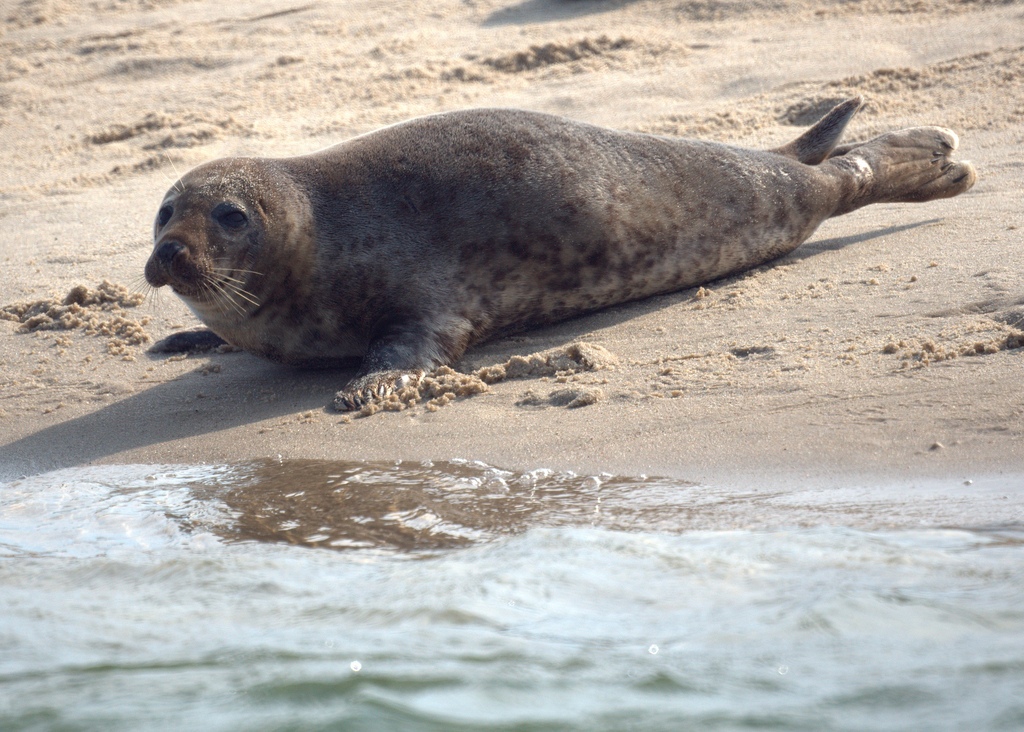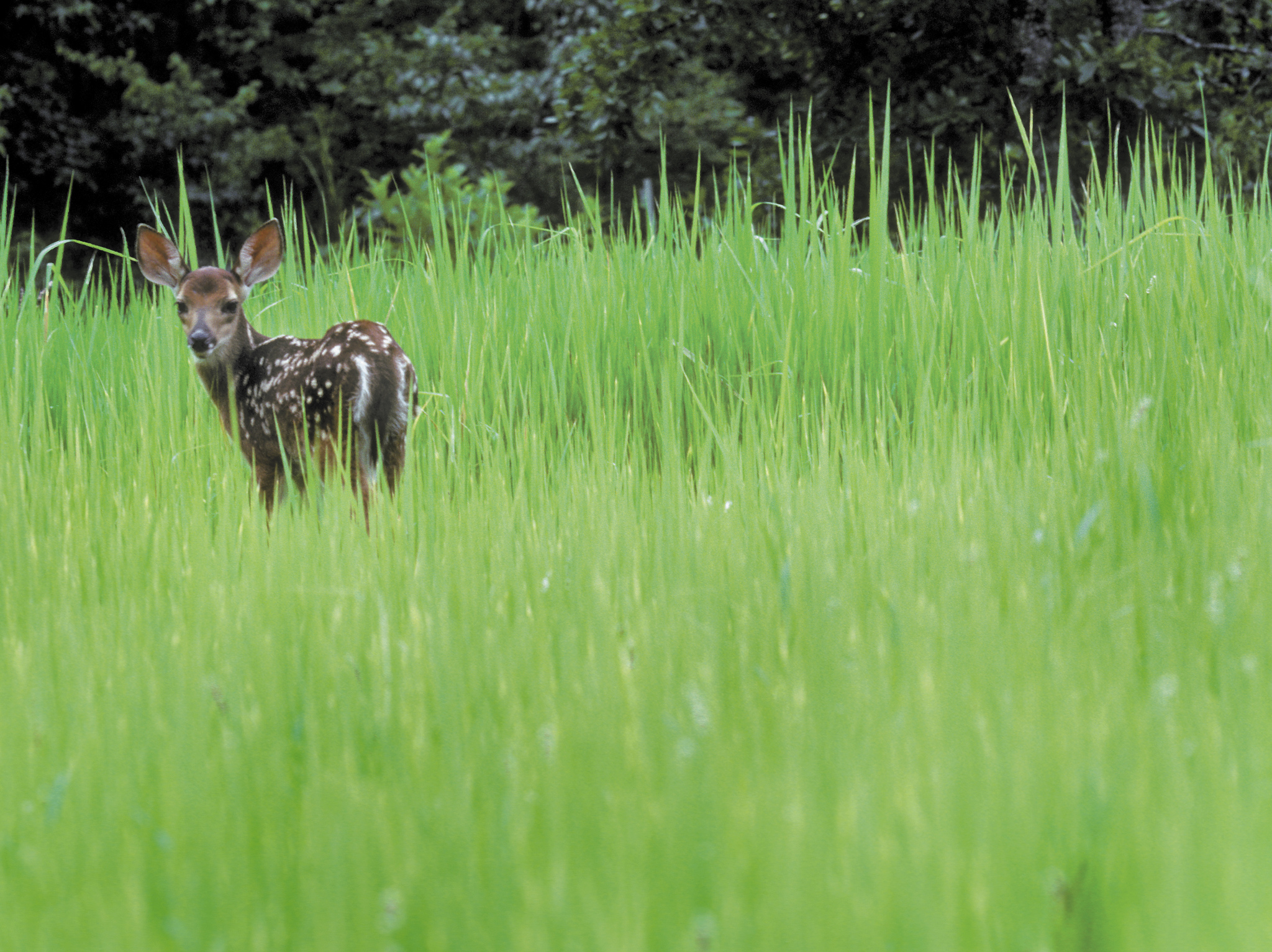For the better part of a decade, conservationists have been trying to eliminate the use of gill nets by fishermen in the Gulf of California. Species such as the corvina fish have been decimated by the use of this fishing gear. The nets also trap other marine creatures, include the rare and elusive vaquita porpoise.
The vaquita is the world’s smallest porpoise, measuring no more than five feet in length. It is the most endangered marine mammal. They live only in the Gulf of California, which is the site of intense fishing activity. Some of that activity is directed towards a fish called the totoaba, which is an endangered species itself. The totoaba’s swim bladder is highly prized for Chinese traditional medicine, so there is a booming illegal market for it. The gill nets used to catch totoaba are especially lethal to vaquitas.
Every year, for a few weeks, an international team of scientists searches the Gulf for vaquitas. Recent surveys estimated that there are around 10 individuals in the area where they are most likely to be living. This year’s survey estimated that six to eight vaquitas are in the area. The ones spotted appeared to be in good health and one yearling was seen.
Officially, fishing with gill nets is banned throughout much of the upper Gulf of California. In practice, enforcement has been difficult to do. However, the Mexican government has been making an effort to improve the situation. The Mexican Navy dropped 193 concrete blocks with giant hooks designed to entangle gill nets to deter fishers and they plan to drop more.
The survival of the vaquita depends on whether the use of gill nets stops.
**********
Web Links
The Most Endangered Marine Mammal Still Exists. Here’s the Latest Count.
Photo, posted July 12, 2011, courtesy of Semarnat via Flickr.
Earth Wise is a production of WAMC Northeast Public Radio
